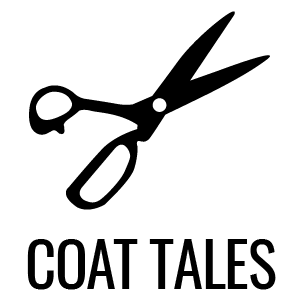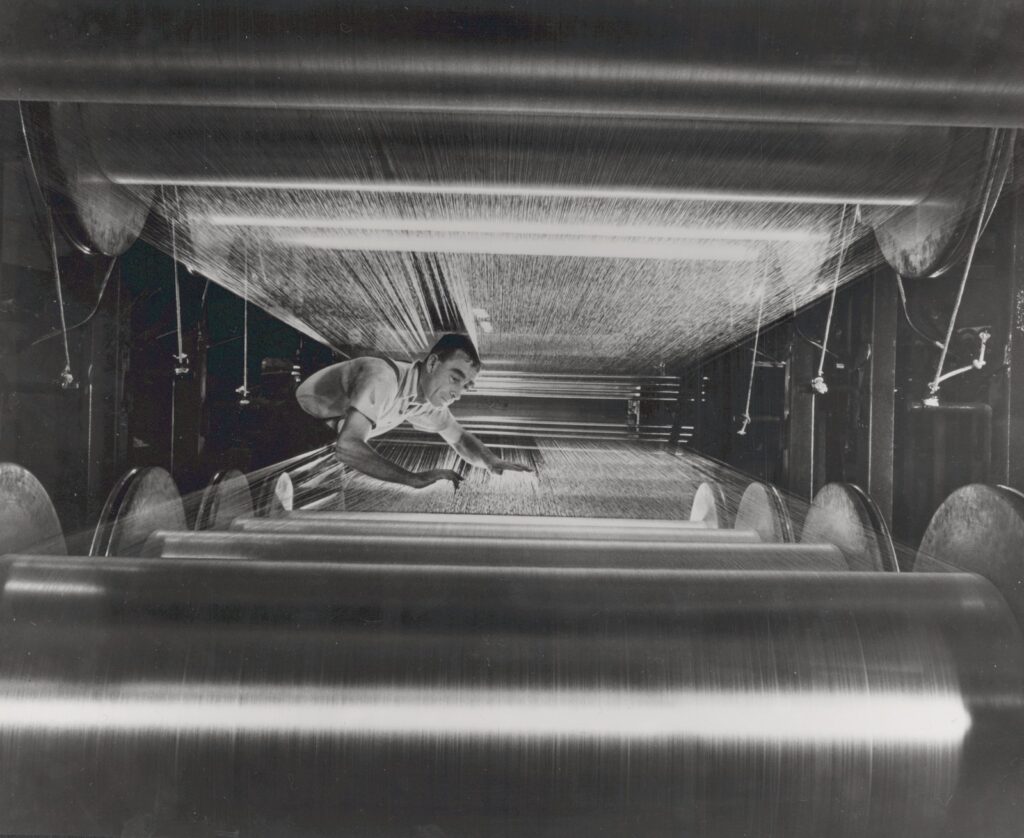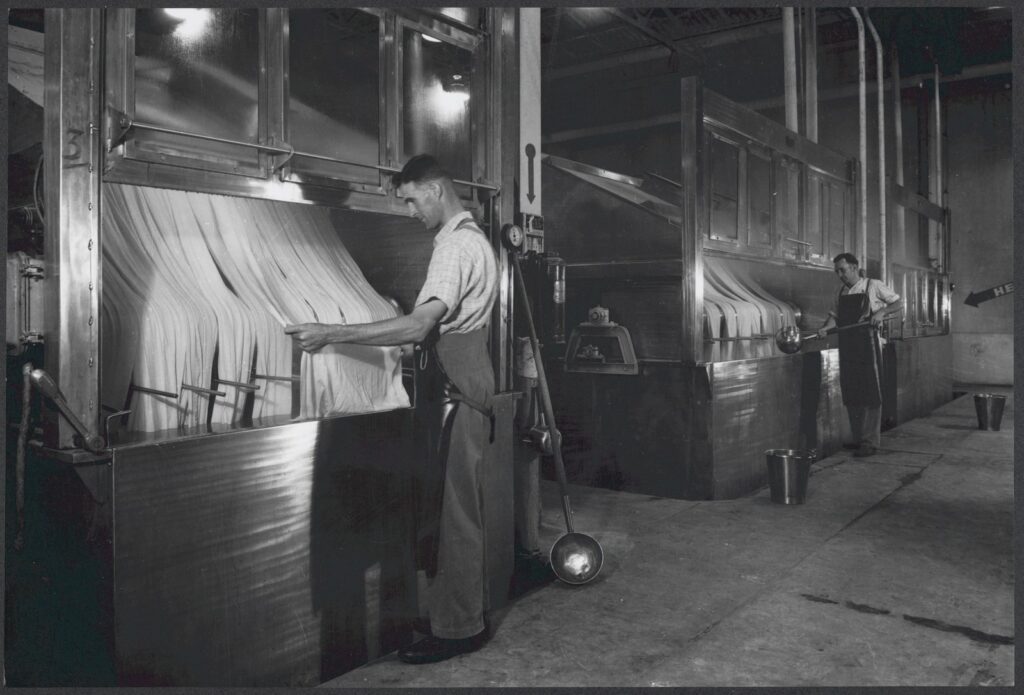Virtuoso, innovator, eccentric – Percy Grainger has been called many things. A complex man who was best known as a pianist and composer, he is of interest to us for his collecting. Alongside the material he gathered relating to the best composers and folk music from around the world, he also kept a huge number of his clothes. They now form part of the collection of the Grainger Museum, located at the University of Melbourne, and comprise the largest single grouping of one man’s clothing in an Australian museum.
There are formal suits he wore while performing: black wool tails and trousers finely-made by New York tailors M. B. Guildford of Fifth Avenue. Paired with stiff-fronted dress shirts and bow ties, also in the collection, Grainger must have cut a dashing figure – every part the charismatic star that he was.
But there’s also an impressive range of everyday clothes that he wore around the home, on the street or when travelling: work shirts and checked suits, white cotton trousers and towelling cloth outfits (these deserve a post of their own!). Plus, there’s underwear and sleepwear, swimsuits, collars, hats and shoes. Together, they form an astounding sartorial picture of one man.
Grainger kept his clothes as they frayed at the cuffs, as lining tore, or as they stained with sweat or blood. Some are heavily repaired with darns, mends and patches. Others are faded from the sun and constant wear. Others still show signs of being adapted to suit Grainger’s preferences: many of his sleeves are shortened, for example, by a hand-stitched tuck above the elbow.
Intriguingly, some are accompanied by Grainger’s hand-written notes, explaining when and where he wore his clothes, or what they meant to him. With a grey wool summer suit Grainger’s label reads:
“No doubt chosen by mother (maybe PG chosing [sic] also). After mother’s death I was so keen to match this suit but could get no stuff (at Guildford) in 1923. Have worn this suit roughing it at home (White Plains) sleeping in it in ‘day coaches’ on trains etc.”
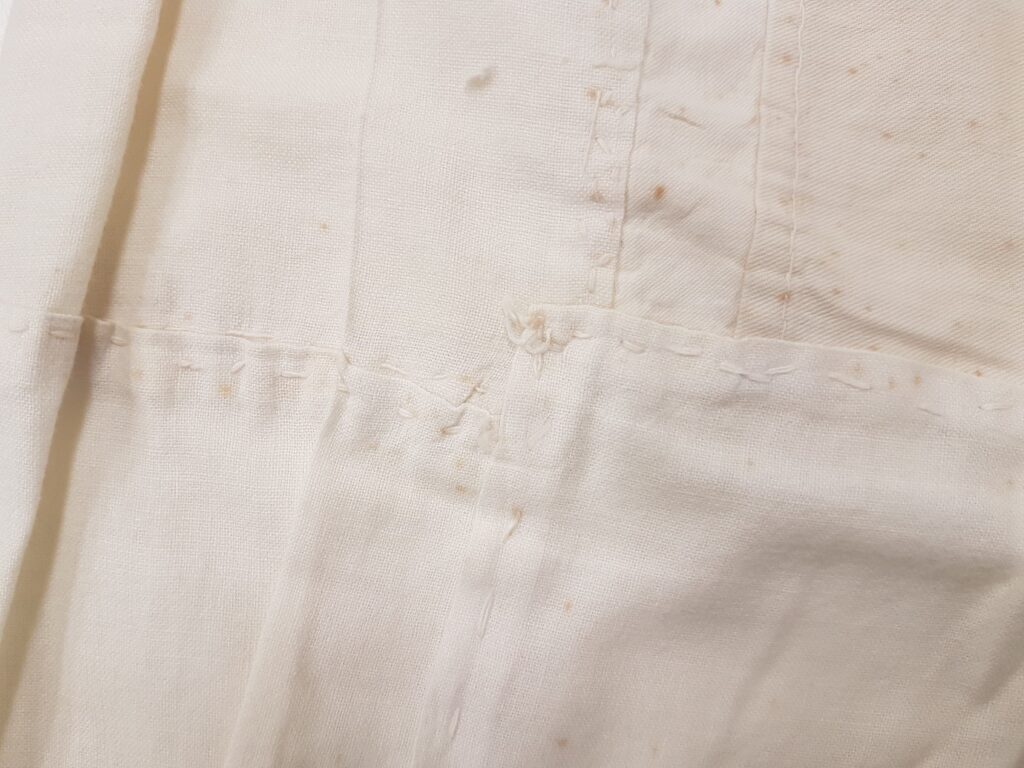
It seems nothing was too small to comment on. With two pairs of white cotton underpants Grainger noted:
“Samples of PG’s sewing Kensington, Adelaide, S.A. Jan 1935. 2 underpants lengthened and widened by PG (a) his handiwork (b) the same bettered by maid who did washing at Globe Hotel Kensington.”
Grainger has hand-stitched additional fabric to the hem so that the legs extend further down the thigh – with one leg now longer than the other – and at the side seams to make them a looser, fuller fit.
Grainger began collecting for his museum early, focusing on manuscripts, musical sketches, letters, articles, and other documents that would expose his Australian visitors to the best composers and folk music from around the world. You can read his aims here. His collection was also deeply intimate and autobiographical, and Grainger always intended that his clothing be displayed – in fact, he had a life-size wood and papier-mâché mannequin of himself made for that very purpose.
A visit to the Grainger Museum today reveals that his intent remains central to the exhibitions. On my visit, his colourful towelling clothes and army uniform were on display. I was eager to read in the exhibition text Grainger’s fascinating resolve:
“It would seem to me a good procedure if the visitor could get an impression of the taste & habits of the composer from looking at his clothes DISPLAYED ON SOME VAGUELY LIKE FIGURE & look at the photo alongside for likeness details.”
I couldn’t agree more.
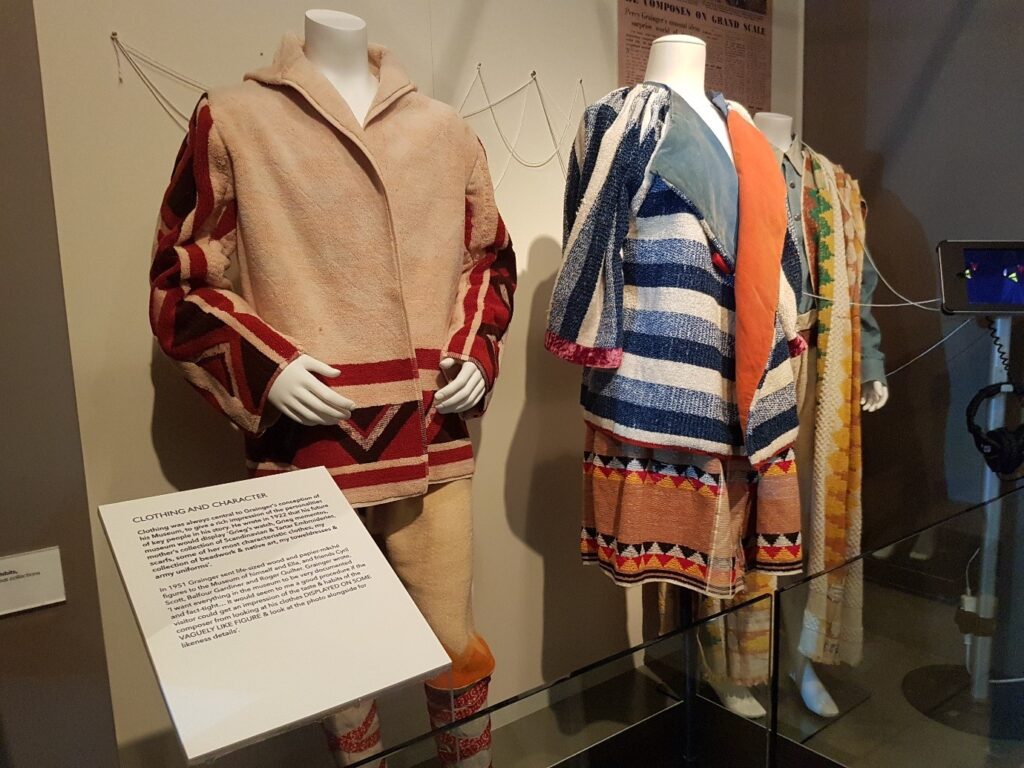
Thanks to curator Heather Gaunt for facilitating access to the collection and sharing her insights.
References
‘Clothing and Character’ exhibition text, Grainger Museum, University of Melbourne.
Bryony Dawkes, ‘’Percy Grainger, Towelling Costume’, in Chris McAuliffe and Peter Yule (eds), Treasures: Highlights of the Cultural Collections of the University of Melbourne (Carlton: Miegunyah Press, 2003), 144.
Kay Dreyfus, ‘Grainger, George Percy (1882–1961)’, Australian Dictionary of Biography, National Centre of Biography, Australian National University, http://adb.anu.edu.au/biography/grainger-george-percy-6448/text11037, published first in hardcopy 1983, accessed online 8 August 2019.
Kay Dreyfus (ed), The Farthest North of Humanness: Letters of Percy Grainger 1901-14 (South Melbourne: Macmillan, 1985).
Robert Simon, Percy Grainger: The Pictorial Biography (New York: Whitston Publishing Company, 1983).
Robyn Healy, Male Order: Addressing Menswear (Parkville: Grainger Museum, 1999).
Sharon Peoples, ‘Dress, Moral Reform and Masculinity in Australia’, Grainger Studies: An Interdisciplinary Journal 1 (2011): 115-135.
Thomas C. Slattery, Percy Grainger: The Inveterate Innovator (Evanston: The Instumentalist Co., 1974).
Wilfrid Mellers, Percy Grainger (Oxford: Oxford University Press, 1998).
